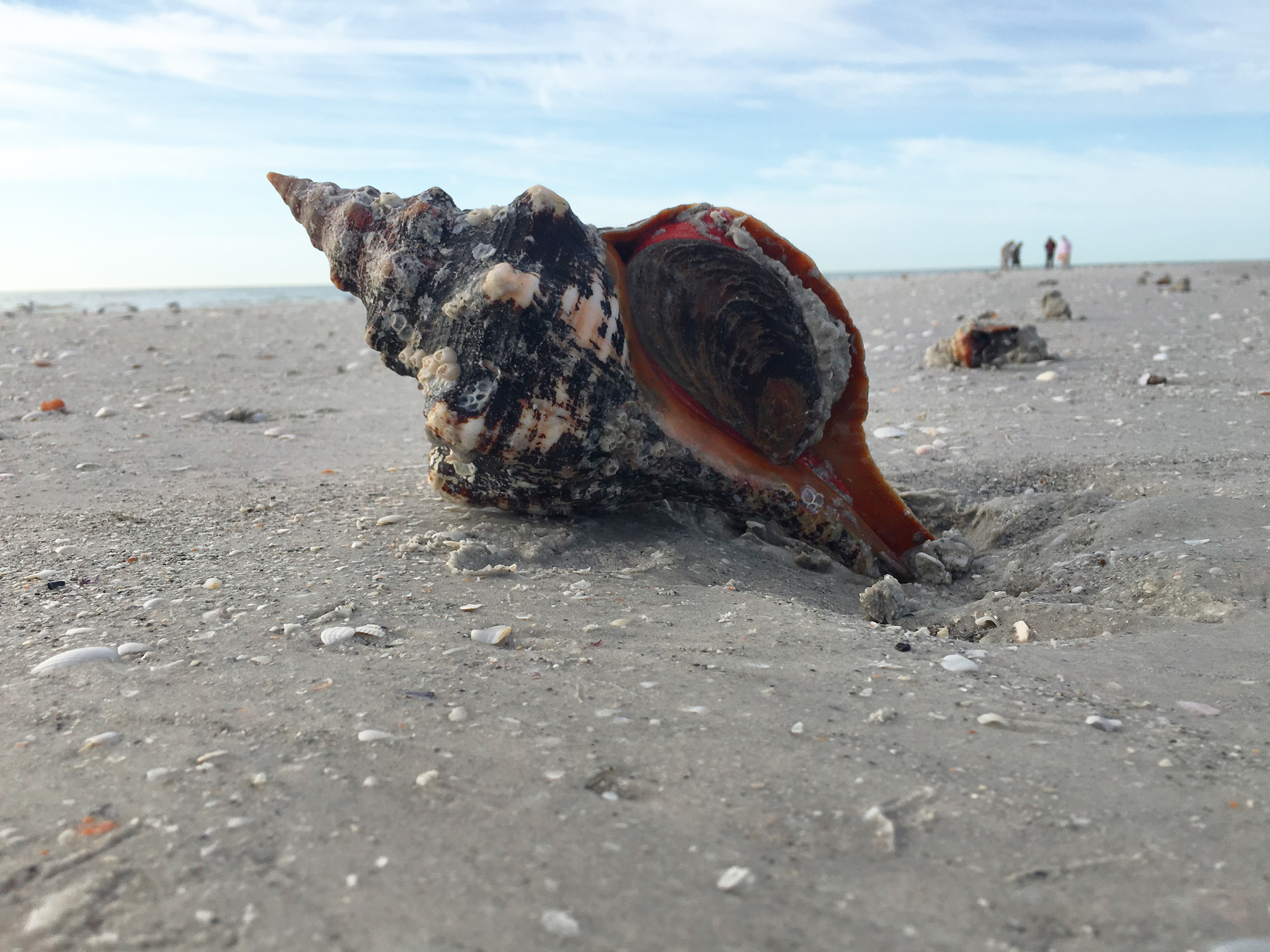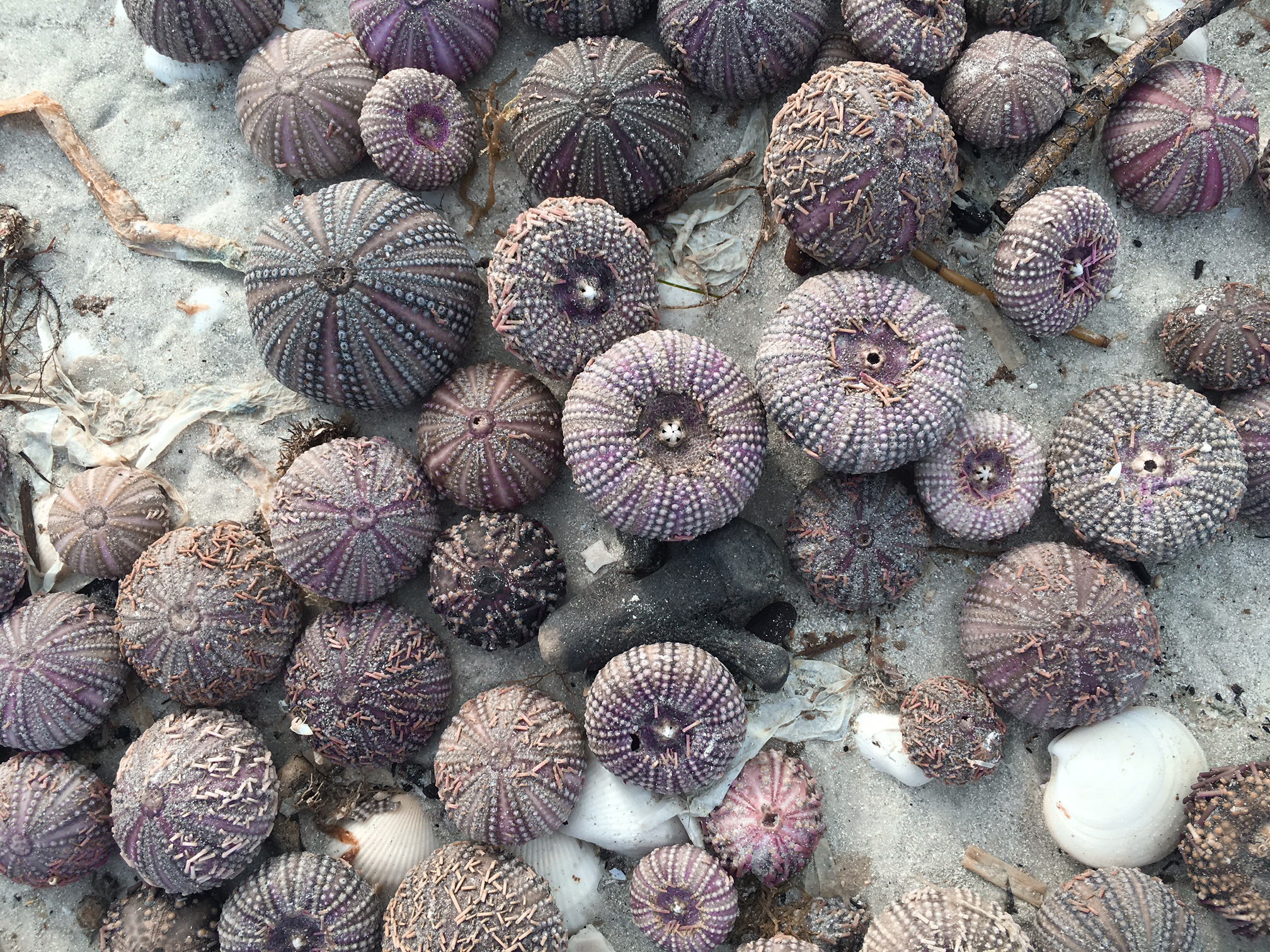Full Moon Low Tide Shelling
Last Updated: September 16, 2021
After several days of strong winds out of the Northwest, today's full moon low tide litters Sanibel Island beaches with seashells, sponges, soft corals, stone crab traps, blue crab traps, starfish and sea urchins.
Most of the shells are alive and therefore can't be collected. Species washing up include: Fighting Conchs, Horse Conchs, Pen Shells, Cockles, Tulips, Paper Figs, and Whelks. The strong tides also deposited hundreds of crab traps on the beaches. Stone Crab Traps have a layer of concrete on the bottom making them very heavy. Only the strongest tides can throw Stone Crab traps on the shore.
Enjoy This Short Clip of Fighting Conchs on the Beach:
After a few more days of extreme low tides, the beaches remain filled with all types of sea creatures. There are thousands of live fighting conchs gathered in tide pools! These mollusks can survive many hours between tides up on the beach provided they can remain in moist soil before the high tide returns. The are able to reach several inches and film themselves when turned upside down using their sharp operculum like a stake in the ground. The operculum is found in many snails and is used like a trap door to seal in moisture, and protect the shell from predation. Fighting Conchs use their claw shaped operculum to help them dig down into soil as well as "hop" along the sea floor.
Some of the largest species of Sanibel shells are also up on the shore as they wait the return of high tide. Onf of Sanibel's largest gastropods is the Horse Conch seen below. When small, the shell is a bright tangerine orange with a tiny white tip. The live animal is also a beautiful shade of orange. The shell in this photo is alive with it's operculum pulled shut to retain water. In the past few days, I have seen more that a dozen of these giant shells in a short stretch of the beach.

Today the most abundant creature at the high tide line were Sea Urchins. Hundreds and hundreds of these were all over the beaches. Closely related to the sand dollar, Sea Urchins have many spines for protection. Those that have washed up in the most recent storm have lost the majority of their spines and will not survive too long between tides without being in the water.
